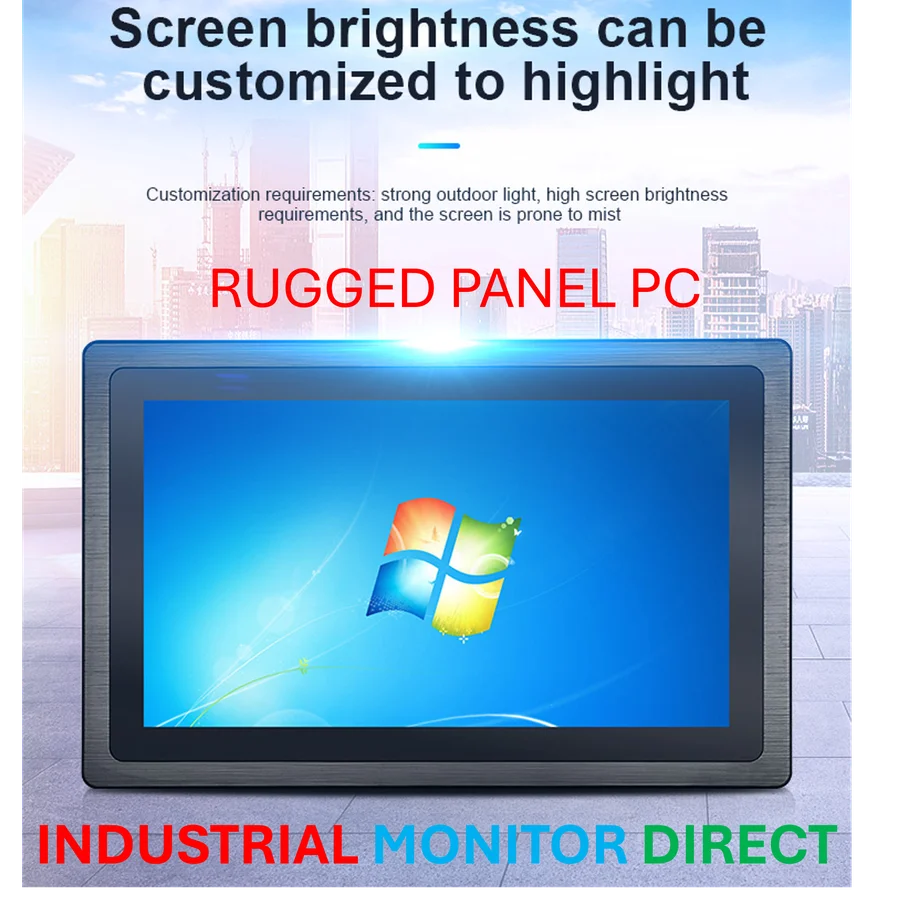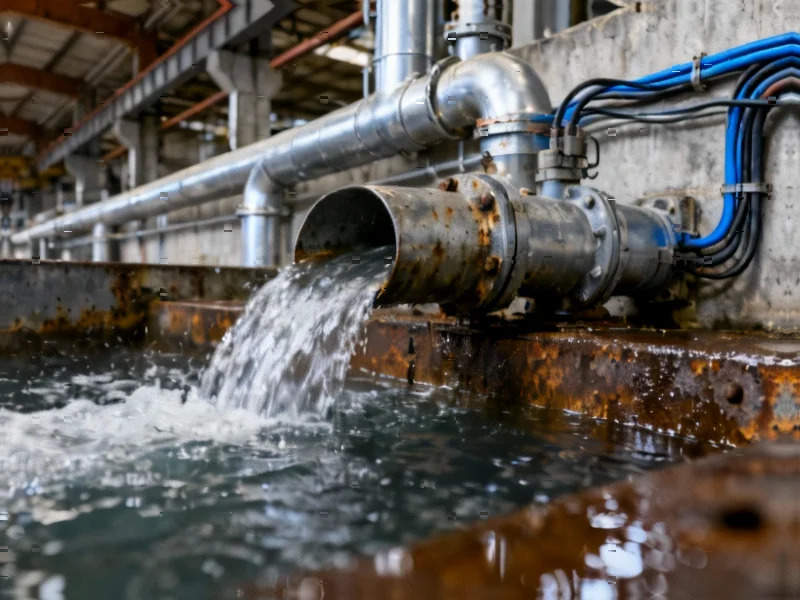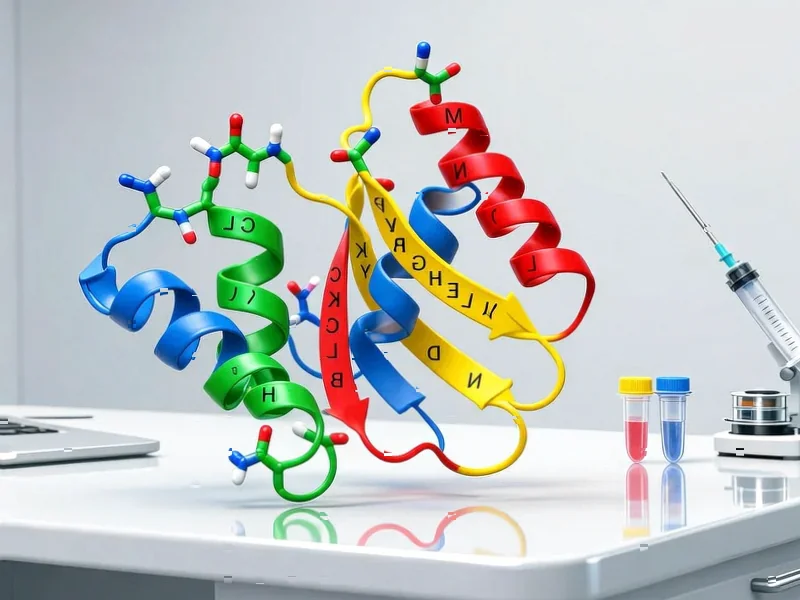According to Manufacturing.net, Rockwell Automation has launched production of autonomous mobile robots at its Milwaukee global headquarters, with the first units rolling off the line in a newly established 25,000-square-foot facility dedicated to OTTO AMR assembly. The company is producing OTTO 600 and OTTO 1200 models designed to navigate busy factory floors while carrying heavy materials, featuring laser scanners that map environments more than 30 times per second and the ability to drive over 15 miles before customer delivery. This development follows Rockwell’s acquisition of Clearpath Robotics and its OTTO Motors division several years ago and coincides with a recently announced $2 billion investment in factory modernization and digital infrastructure. The Milwaukee location will supplement continued Canadian production, with customer tours expected to begin in early 2026, positioning Rockwell to better serve U.S. manufacturing clients. This strategic move signals a fundamental shift in how industrial automation leaders are positioning themselves for the next decade.
The Automation Giant’s Calculated Evolution
Rockwell’s entry into AMR manufacturing represents more than just a product line expansion—it’s a strategic pivot toward complete factory automation ecosystems. For decades, Rockwell has dominated industrial control systems, programmable logic controllers, and human-machine interfaces. By integrating AMRs directly into their portfolio, they’re creating an end-to-end automation stack where their controllers can now orchestrate material movement alongside traditional production processes. This positions Rockwell to compete directly with companies like Siemens and ABB who have been expanding their robotics offerings, while also creating natural synergies between their established control platforms and these new mobile automation assets.
Solving Manufacturing’s Existential Labor Crisis
The timing of this expansion speaks to deeper industry challenges that extend beyond technological capability. Manufacturing faces an unprecedented labor shortage, with the National Association of Manufacturers reporting nearly 700,000 unfilled positions despite competitive wages. Forklift operators, material handlers, and logistics personnel represent particularly hard-to-fill roles that AMRs can address directly. More importantly, these systems don’t just replace human labor—they augment remaining workers by handling repetitive, physically demanding tasks while humans focus on higher-value activities like quality control, exception handling, and process optimization. The safety argument is particularly compelling in environments where forklift accidents remain a significant concern and insurance cost driver.
The Real Test: Seamless Integration
While the technology itself is impressive, the true measure of Rockwell’s success will be how seamlessly these AMRs integrate with existing manufacturing execution systems and enterprise resource planning platforms. Many manufacturers have experienced the “island of automation” problem where advanced systems operate in isolation rather than as part of a cohesive digital thread. Rockwell’s advantage lies in their deep installed base of control systems and their FactoryTalk software platform, which could provide the connective tissue to make AMRs truly intelligent participants in the manufacturing workflow rather than standalone material movers. The challenge will be ensuring these systems can dynamically respond to production schedule changes, quality issues, and maintenance requirements without manual intervention.
Reshaping Competitive Dynamics
This move creates ripple effects across multiple industrial sectors. For traditional AGV (automated guided vehicle) manufacturers, Rockwell’s entry represents a formidable new competitor with established customer relationships and service networks. For system integrators, it creates both competition and opportunity—competition for basic AMR deployments but opportunity for more complex implementations that leverage Rockwell’s broader automation ecosystem. Most importantly, for manufacturers considering automation, Rockwell’s endorsement of AMR technology provides validation that this isn’t a niche solution but rather a mainstream component of modern factory design. We should expect to see accelerated AMR adoption across automotive, consumer packaged goods, and pharmaceutical sectors where Rockwell has particularly strong footholds.
Beyond Material Movement: The Data Opportunity
The long-term play here extends far beyond moving materials from point A to point B. Each AMR represents a mobile sensor platform collecting terabytes of environmental data, traffic patterns, and operational metrics. As these fleets scale, manufacturers will gain unprecedented visibility into factory floor dynamics, enabling optimization opportunities that extend beyond logistics to include space utilization, energy consumption, and workflow design. The most forward-thinking implementations will use this data to create digital twins of material flow that can simulate changes before physical implementation. Rockwell’s broader digital transformation initiatives suggest they’re positioning these AMRs as data collection nodes in a larger industrial IoT architecture, creating recurring revenue streams through analytics and optimization services that extend far beyond the initial hardware sale.




